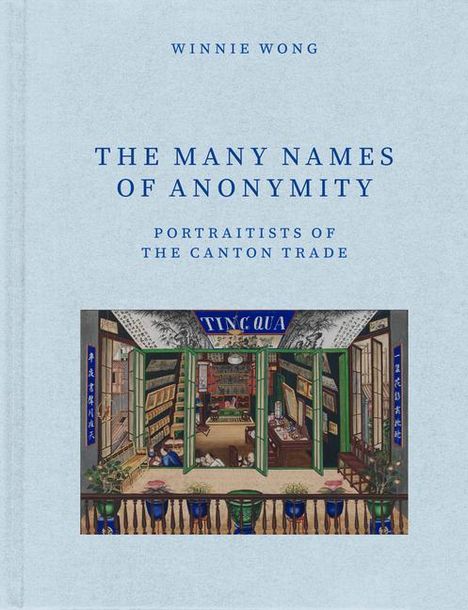Winnie Wong: The Many Names of Anonymity, Gebunden
The Many Names of Anonymity
- Portraitists of the Canton Trade
Sie können den Titel schon jetzt bestellen. Versand an Sie erfolgt gleich nach Verfügbarkeit.
- Verlag:
- University of Chicago Press, 01/2026
- Einband:
- Gebunden
- Sprache:
- Englisch
- ISBN-13:
- 9780226155821
- Artikelnummer:
- 12214149
- Umfang:
- 288 Seiten
- Gewicht:
- 454 g
- Erscheinungstermin:
- 19.1.2026
- Hinweis
-
Achtung: Artikel ist nicht in deutscher Sprache!
Klappentext
"This book challenges one of the most relentless features of Eurocentric modernity: the attachment of modern individuals to singular names, which are then attached to the fruits of their labor. Consider an equally important feature of Sinocentric modernity: the multiplication of socially contingent identities that often are not attached to material labor and sometimes even operate against it. Winnie Wong brings to life the "nameless and nameful" portraitists of Guangzhou during the eighteenth and early nineteenth centuries, when it was the sole port of trade between China and Europe. Forbidden to venture into the city and the rest of China, Europeans purchased spectacularly detailed artworks by Chinese artists, believing such images faithfully depicted the China they could not see for themselves. Here at the periphery of imperial power, neither Western nor Chinese traditions of authorship apply. An enormous number of Canton Trade paintings survive today, yet scholars have identified only a handful of artist names. Wong explores how a condition of artisanal anonymity has been inscribed on an entire oeuvre, upending numerous assumptions about the elusive painters' practices. Focusing on a group of artists known by the pidgin names Chit Qua, Chin Qua, Spoilum, Lam Qua, and Ting Qua, she reveals that each name existed in many forms and was used by several historical persons. Bringing together portraits executed in reverse painting on glass, watercolor on paper, oil on canvas, painted unfired clay, and daguerreotype, this lavishly illustrated volume is replete with fascinating details about Sino-European encounters during the long eighteenth century, conditions of cultural production in China, and biases that have marginalized these artworks in Asia as well as the West"--


